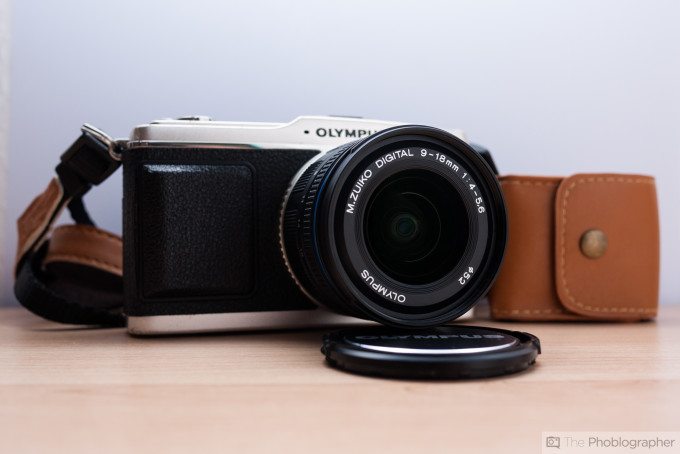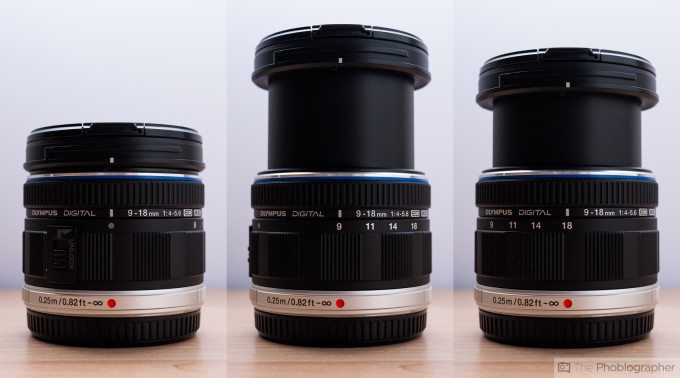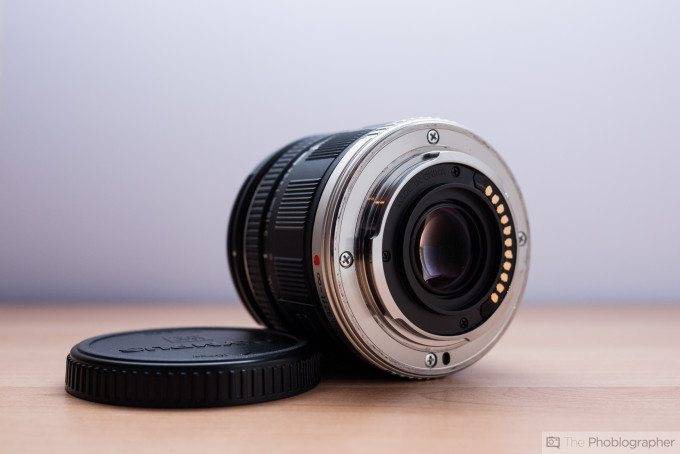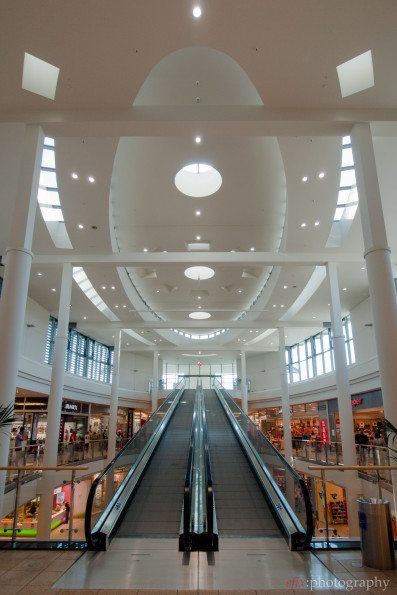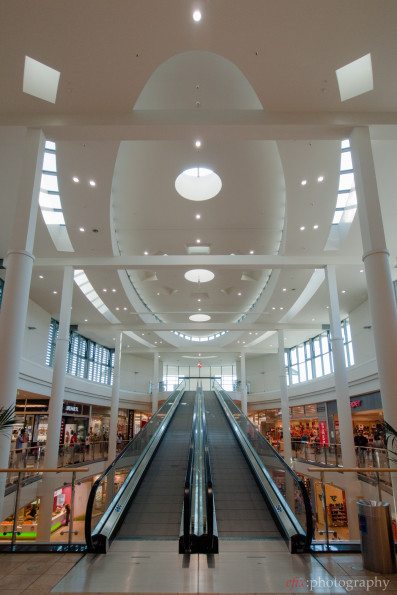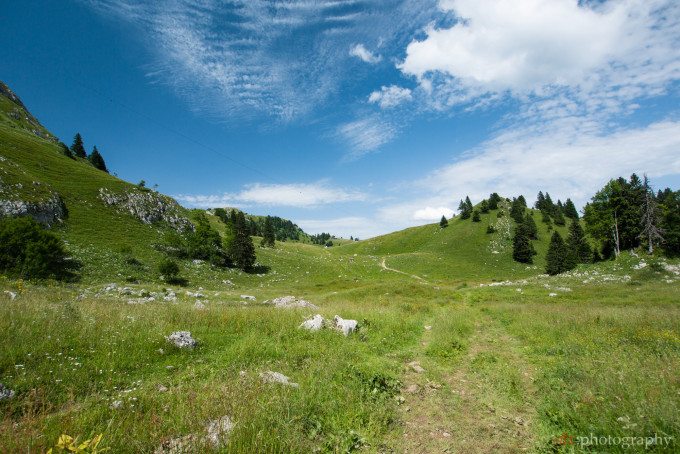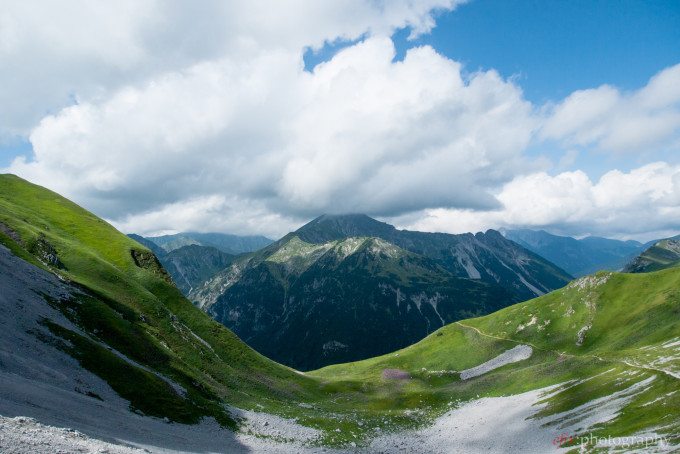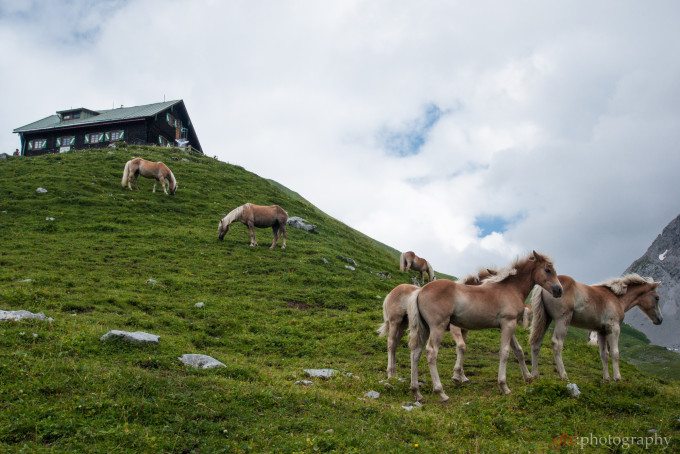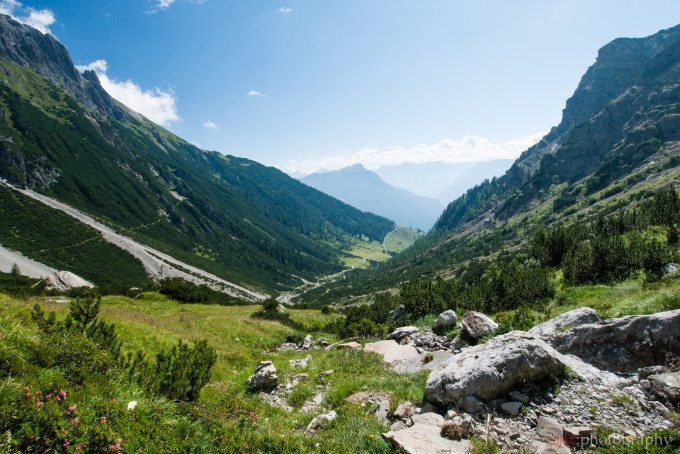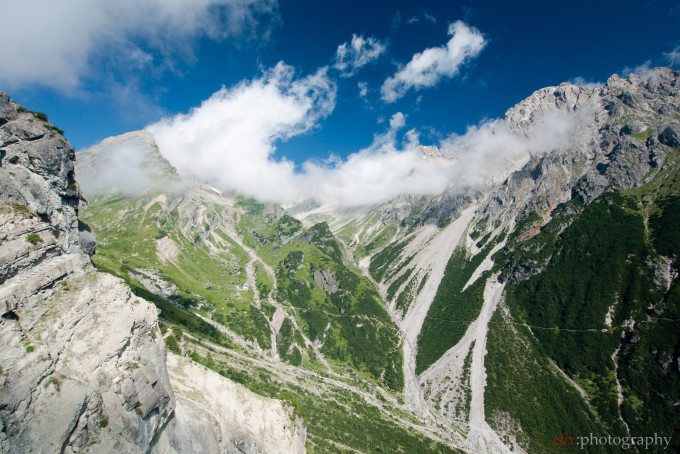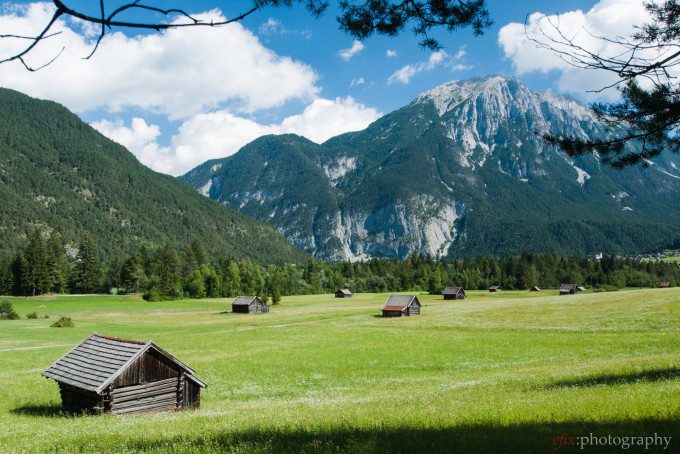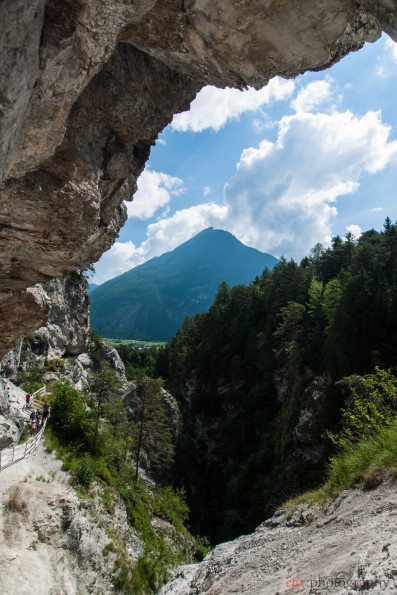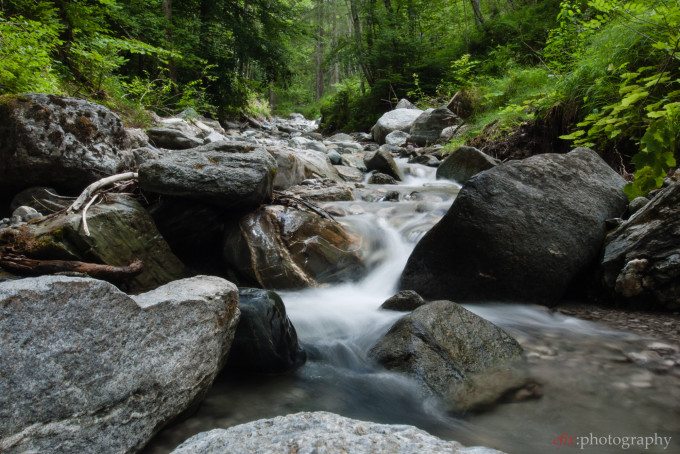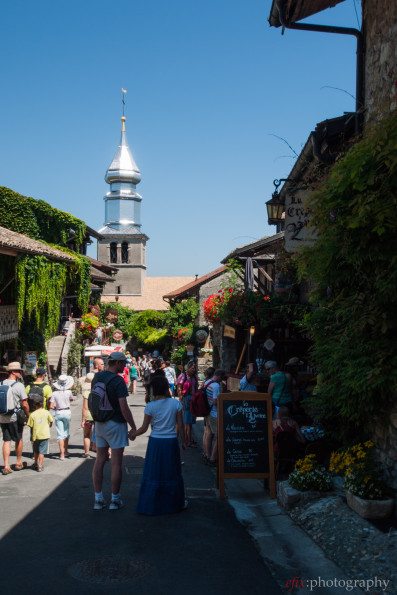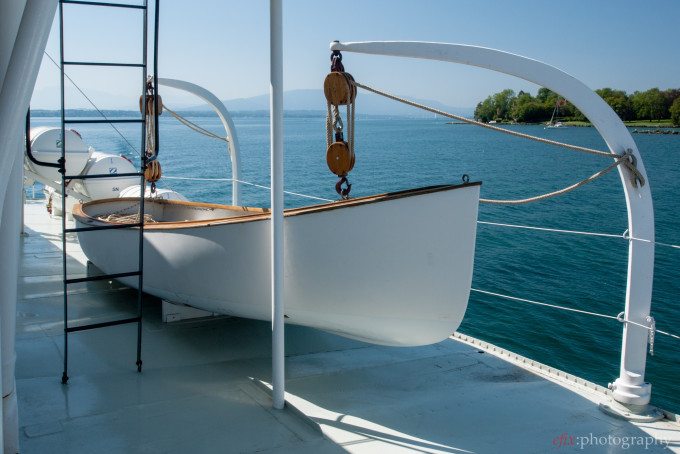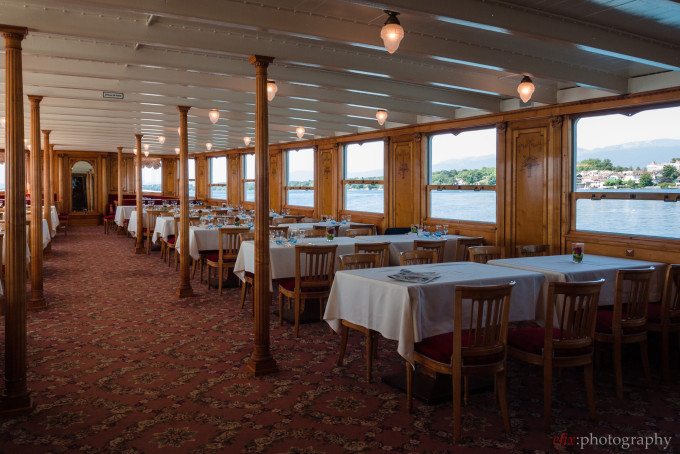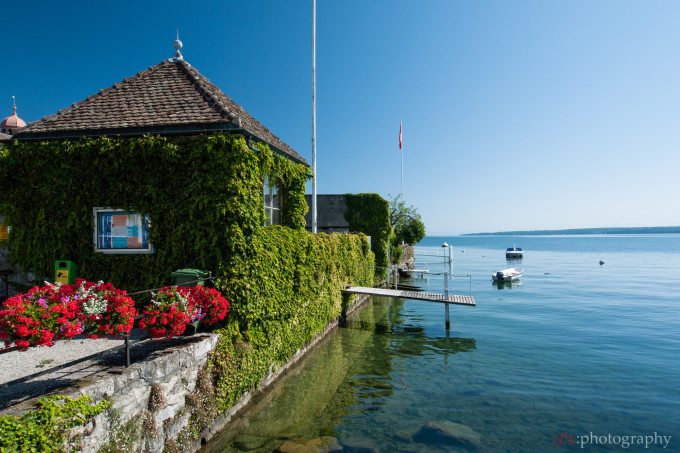Yes. I know. We’re late with this review. But as a matter of fact, we never managed to procure a review unit when the lens first was released. So when I recently decided to add it to my Micro Four Thirds setup, the opportunity to review it finally arose. The M.Zuiko Digital ED 9-18mm 1:4-5.6 (this being its full, official designation) was first presented at photokina 2010, and hit markets shortly thereafter. It’s a compact wide-angle solution for the budget-conscious Micro Four Thirds shooter, and compared to its main competitor, the Panasonic Lumix G 7-14mm f4, it’s all smaller, lighter and more affordable, albeit lacking both the extreme 7mm wide-angle as well as the constant aperture. But how does Olympus’ take on the super wide-angle zoom lens fare in actual use? Read our review to find out.
Pros and Cons
Pros
- Small and lightweight
- Very versatile focal length range
Cons
- Noticeable barrel distortion
- Corner performance at the wide end less than stellar
Gear Used
For this review, we used the Olympus M.Zuiko Digital ED 9-18mm f4-5.6 lens on a Panasonic G1 Micro Four Thirds camera. The product shots were taken with a Lumix G 20mm f1.7 lens and a Rokinon D900AFZ TTL flash.
Tech Specs
This section is taken from B&H Photo’s product page.
| Focal Length | 9-18 mm (18-36 mm in 35mm full-frame equivalent) |
| Aperture | Max.: f/4.0-5.6, Min.: f/22 |
| Angle of View | 100° – 62° |
| Minimum Focus Distance | 9.84″ (25 cm) |
| Magnification | 0.1x |
| Maximum Reproduction Ratio | 1:10 |
| Groups/Elements | 8/12 |
| Diaphragm Blades | 7 |
| Filter Thread | 52 mm |
| Dimensions (DxL) | Approx. 2.22 x 1.95″ (56.5 x 49.5 mm) |
| Weight | 5.47 oz (155 g) |
Ergonomics
The biggest selling point of the M.Zuiko 9-18mm over its main competitor, the Lumix G 7-14mm, is probably the size and weight advantage the former has over the latter. Thanks to its clever collapsing mechanism that Olympus introduced with the first M.Zuiko 14-42mm kit lens, the M.Zuiko 9-18mm has a length of only 5 cm (2 in) when not in use, compared to the 7-14mm’s 8.3 cm (3.3 in). The M.Zuiko also weighs only half as much as the Lumix G. This makes it a pleasure to use, as it’s small and light and doesn’t get in the way. In its extended state, however, the size advantage is lost altogether.
Both the focusing and zoom ring offer a decent amount of grip thanks to their slightly knurled surfaces. The amount of rotation needed to either extend the lens or to zoom from the 9mm to the 18mm position is roughly 25° in both cases, which means you can easily twist the lens from its collapsed position all the way to the 18mm mark in one turn.
Build Quality
In one word: good. Most parts of the body are made from plastic, but the material is sturdy and doesn’t feel like it would wear off quickly. It is prone to scratches, though. The lens mount is made from metal, and the glass, well, is made of glass. Its low weight makes it appear to be cheaply built, but in fact it feels very solid when operated, and I am confident that I will enjoy using it for many years to come.
Autofocus
The 9-18mm was one of the first lenses that Olympus equipped with their ‘Movie and Still Compatible’ (short: MSC) autofocus, which is designed to be fast, silent, and accurate. And in fact it is. Coming from the Lumix 20/1.7, this lens’ autofocus felt lightning quick, although I am sure it would focus even quicker on a current MFT body as compared to my old Panasonic G1. Still, focus is very fast even in low light, it’s virtually silent, and it’s accurate most of the time. Only in situations where there was too little light or too little contrast would my G1 struggle to lock focus, but that is probably an issue of the camera and not of the lens.
Ease of Use
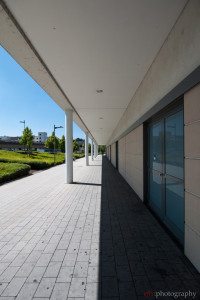 The M.Zuiko 9-18mm is as straightforward to use as any Micro Four Thirds zoom lens. Only the collapsing mechanism might be a little awkward for first time users. This being a super wide-angle lens though, the vastness of the scene appearing on the screen when the lens is set to 9mm might be frightening at first. There are situations where an extreme angle-of-view such as this is beneficial, but in other situations, even the 18mm setting won’t get you close enough.
The M.Zuiko 9-18mm is as straightforward to use as any Micro Four Thirds zoom lens. Only the collapsing mechanism might be a little awkward for first time users. This being a super wide-angle lens though, the vastness of the scene appearing on the screen when the lens is set to 9mm might be frightening at first. There are situations where an extreme angle-of-view such as this is beneficial, but in other situations, even the 18mm setting won’t get you close enough.
It’s definitely not a lens that you use on a daily basis, unless you’re a landscape or architectural photographer. During my summer holidays in the Alps, this was my most used lens, as I frequently found myself in situations where I wanted to capture the full extent of a landscape. So I made frequent use of the 9mm setting. When promenading through towns and villages, the 18mm setting came in handy, as it is the ideal focal length for street photography. In that regard, the focal length range of the lens proved to be ideal.
Image Quality
I have to make this clear right away: the M.Zuiko 9-18mm is not perfect. At a price point of almost US-$ 700, one might expect otherwise, but this lens has some issues especially at the wide end and wide open. Zooming in or stopping down helps a lot, but if you’re a pixel peeper that needs uncompromised image quality under all circumstances, this probably isn’t the right lens for you.
Bokeh
With a focal length range of 9-18mm and an aperture range of f4-5.6, there is no such thing as bokeh. Not even when you’re very close up. Also, this lens is best suited for landscapes and architecture, which aren’t really scenarios where you’d want a shallow depth of field. Much to the contrary.
Sharpness
At the wide end and with the aperture wide open, sharpness is lacking especially in the corners. The center is decently sharp at all focal lengths and apertures (until diffraction kicks in, that is), but the corners only really sharpen up when zooming all the way in and stopping down to at least f/8. So if corner-to-corner sharpness under all circumstances is critical for you, you better look elsewhere. For web viewing or small prints, the performance is absolutely sufficient. Also, stopping down will improve things, and there’s really no reason not to use this lens at f/8 all the time.
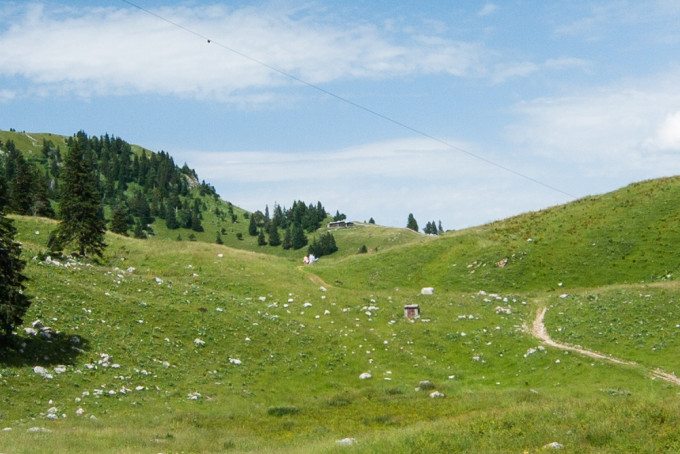

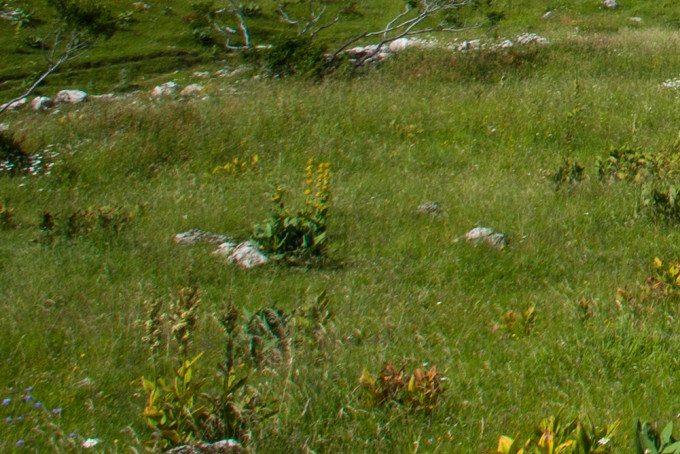
As you can see in the samples above, corner sharpness at 9mm isn’t really stellar even at f8. But as long as you don’t pixel peep, it is acceptable.
Color Fringing
Mostly wide open, and in situations with bright light and strong contrast edges, the M.Zuiko 9-18 tends to exhibit some color fringing. But the lens correction tools in Lightroom 5 are more than capable of dealing with it.
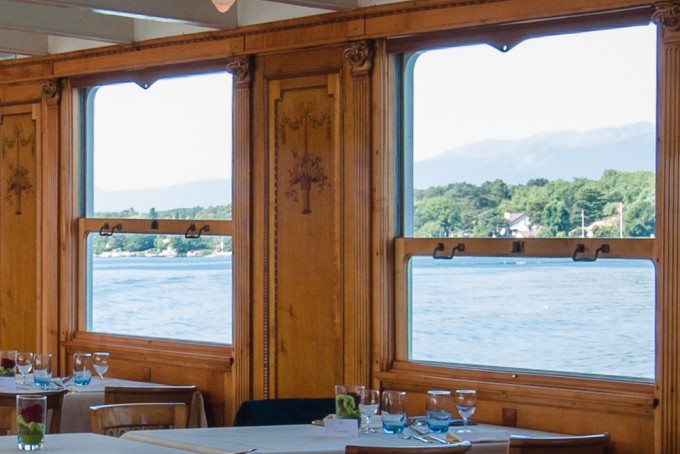
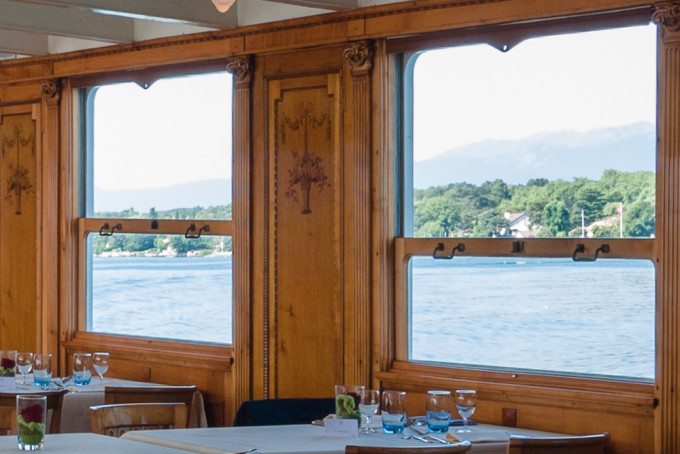
At a normal viewing size, the color fringing in the first image would hardly be noticeable. I did not take pictures of branches against the bright sky–those would probably have evoked even stronger fringing. But under most conditions, the fringing is manageable in post processing.
Distortion
Especially at the wide end, the M.Zuiko 9-18 exhibits some slight barrel distortion. You probably won’t notice it in a landscape picture, but in architectural shots or scenes with lots of parallel lines it will be noticeable. Again, this is something that can easily be dealt with in post-processing. Lightroom has the option to create a lens profile, and the corrections can then be automatically applied to all images taken with the lens.
|
|
As for perspective distortion, you will get lots of it at the wide end. This is not a flaw of the lens, but has to do with the laws of optics. This, too, can easily be fixed during post-processing.
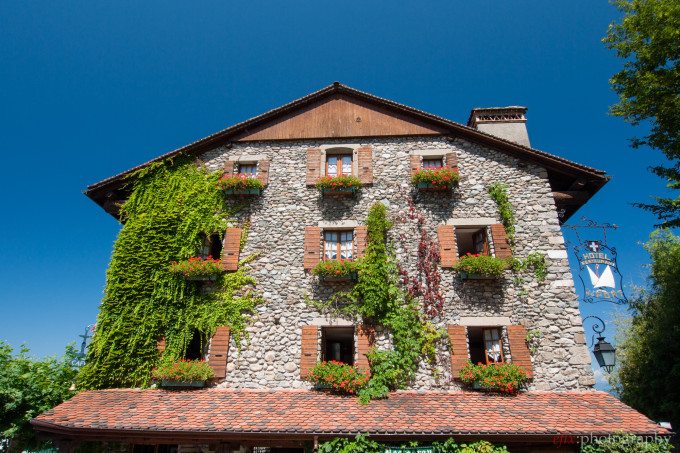
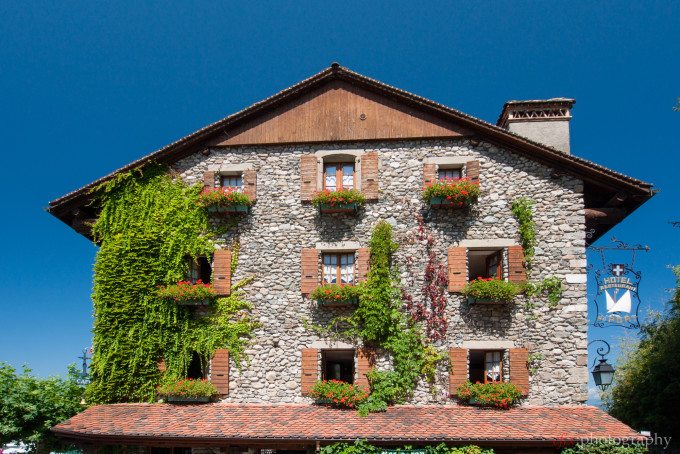
Color Rendering
I used the M.Zuiko 9-18 with a polarizer filter attached most of the time, but in the few situations where I did not use it, my impression was that the lens renders colors slightly muted and a tad to the coolish side. Of course, this is all relative when you shoot raw files and tweak the colors during post-processing. In general, less saturated colors give more leeway for post-processing.
Conclusions
The M.Zuiko 9-18mm f4-5.6 is kind of a mixed bag. On the one hand it is extremely versatile thanks to its 18-36mm equivalent focal length range, and its small size and low weight make it extremely portable. On the other hand, at a price point of almost US-$ 700, the optical performance especially at the wide end is less than satisfying: it shows distortion, the corners are mushy even stopped down, and there is noticeable color fringing.
Still, during the short time that I have owned it so far, this lens has quickly grown on me. This is mostly due to the fact that in contrast to the wide-angle primes I used previously, it offers me much greater flexibility. Whenever I need an extremely wide angle-of-view, it is right there for me with its 9mm initial focal length. If I need a tighter crop, I can zoom in up to 18mm, which is close to the classical journalistic focal length of 35mm. In between, I am free to adjust my crop as I need.
Secondly, this lens is small and light, which makes it ideally suited for long walks. In conjunction with a small camera like the Panasonic G1, carrying it in your hand all day is no issue whatsoever. So all things considered, the M.Zuiko 9-18mm f4-5.6 is still your best bet if you want a small and light super wide-angle lens for your Micro Four Thirds system that offers you more flexibility than a prime lens such as the M.Zuiko 12mm f2. And compared to the Panasonic 7-14mm f4, the M.Zuiko 9-18 is still a bargain.
Additional Image Samples
Please Support The Phoblographer
We love to bring you guys the latest and greatest news and gear related stuff. However, we can’t keep doing that unless we have your continued support. If you would like to purchase any of the items mentioned, please do so by clicking our links first and then purchasing the items as we then get a small portion of the sale to help run the website.


